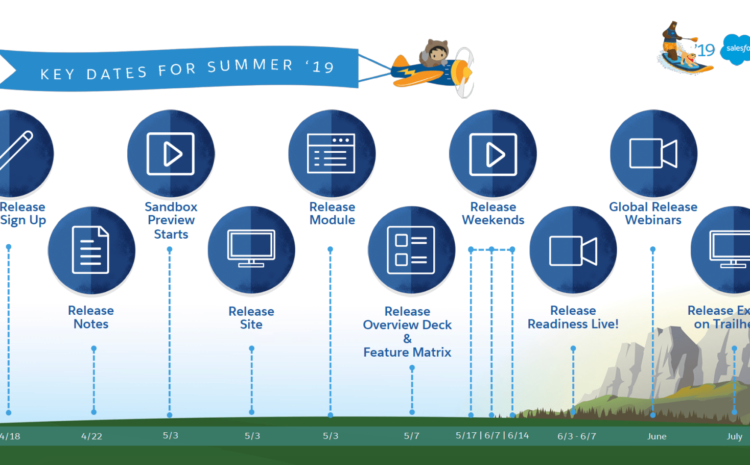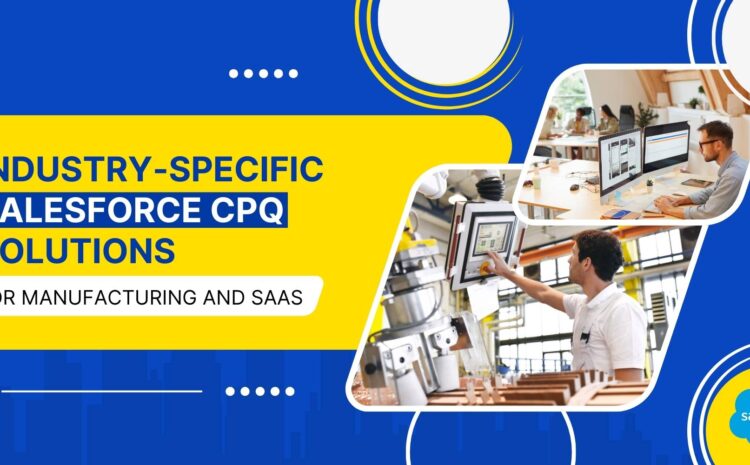Hi everyone! Welcome to another insightful blog. Grab a drink as we explore the transformative world of Salesforce CPQ implementation. Discover how CPQ can streamline your sales process, boost efficiency, accuracy, and drive revenue growth. Let’s dive in!
Salesforce CPQ (Configure, Price, Quote) stands as a pivotal tool in modernizing and streamlining the sales process. By automating product configuration, pricing, and quote generation, CPQ empowers sales teams to operate with enhanced efficiency, accuracy, and overall performance. In this comprehensive guide, we will delve into the essential steps required to successfully implement Salesforce CPQ, ensuring that your organization can harness its full potential.
1. Define Clear Goals
Before embarking on the Salesforce CPQ implementation journey, it is imperative to establish clear and measurable goals. Consider the specific outcomes you wish to achieve:
- Sales Efficiency: Are you aiming to reduce quote creation time significantly?
- Quote Accuracy: Do you seek to minimize pricing errors and ensure correct product configurations?
- Increased Revenue: Are your objectives aligned with boosting Average Order Value (AOV) through optimized quoting processes?
- Setting these objectives not only provides a roadmap for implementation but also serves as benchmarks for evaluating the success of your CPQ deployment.
2. Focus on Critical CPQ Features
Begin your implementation by prioritizing core CPQ features that will have an immediate impact on your sales operations:
- Product Catalog: Centralize your product offerings within Salesforce, organizing them by categories, families, and attributes.
- Price Books: Create tailored price lists based on customer segments, geographic regions, or product bundles. Define pricing rules and discounts to streamline quoting.
- Guided Selling: Implement guided selling paths that assist sales representatives in recommending the most suitable products based on customer needs.
- Order Management: Ensure seamless processing of orders from quote acceptance to fulfillment, optimizing efficiency throughout the sales cycle.
By focusing on these foundational features, you can swiftly enhance your sales process and maximize the benefits of CPQ.
3. Assemble the Right Project Team
The success of your Salesforce CPQ implementation hinges on assembling a dedicated and knowledgeable project team:
- Business Analysts: Understand your organization’s sales processes and translate them into functional requirements for CPQ.
- Sales Operations: Provide insights into existing workflows and ensure alignment with CPQ functionalities.
- Technical Experts: Collaborate closely with your CPQ implementation partner to configure and customize the system according to your business needs.
Choose a project methodology (Agile, Waterfall, or a hybrid approach) that aligns with your organizational culture and project requirements to facilitate seamless collaboration and efficient project delivery.
4. Optimize Your QuotetoCash Process
Evaluate and streamline your quotetocash process to integrate seamlessly with Salesforce CPQ:
- Quote Creation: Map out the entire process, from lead qualification to quote generation, identifying bottlenecks and opportunities for improvement.
- Approval Workflow: Define automated approval rules for discounts, special pricing, and contract terms to expedite the approval process.
- Contract Management: Integrate CPQ with contract management tools to ensure a smooth transition from quote acceptance to contract fulfillment.
Aligning your quotetocash process with CPQ functionalities enhances operational efficiency, accelerates sales cycles, and improves overall customer satisfaction.
5. Data Management and Integration
Effective data management and integration are crucial for the successful operation of Salesforce CPQ:
- Centralized Data: Maintain a single source of truth for product information, pricing details, SKUs, and descriptions to eliminate discrepancies across systems.
- Integration: Integrate CPQ seamlessly with your CRM (e.g., Salesforce) and ERP systems to enable realtime data synchronization, ensuring accurate quoting and order processing.
By establishing robust data governance practices and integrating systems effectively, you lay a solid foundation for leveraging CPQ’s capabilities to their fullest extent.
Implementing Salesforce CPQ is a transformative journey that requires meticulous planning, collaboration across teams, and a commitment to continuous improvement. By defining clear goals, prioritizing critical features, assembling the right project team, optimizing your quotetocash process, and managing data effectively, you pave the way for enhanced sales efficiency, improved customer experiences, and sustainable revenue growth. Embrace CPQ as a catalyst for innovation in your sales operations, and reap the rewards of streamlined processes and accelerated business growth.
Hope you enjoyed this post! While you’re here, and in a reading mood, why not check out a few of our other pieces? We have several blog posts on Salesforce CPQ, Salesforce CRM, Zoho, and many other topics that we just know you’ll love. Browse the topics here.




